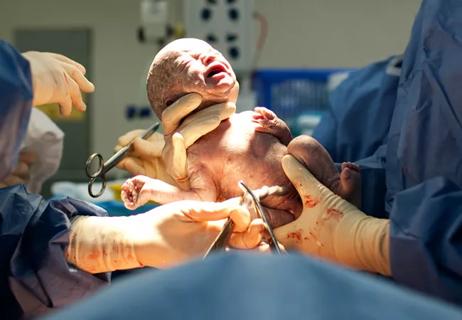On the importance of monitoring a woman’s reproductive aging process

Midlife is an important window for intervention that may reduce cardiovascular disease (CVD) risk in women, according to a recent scientific statement from the American Heart Association.
Advertisement
Cleveland Clinic is a non-profit academic medical center. Advertising on our site helps support our mission. We do not endorse non-Cleveland Clinic products or services. Policy
“Menopause experts were happy to see this article, as we know that declining estrogen levels are associated with increasing cardiovascular risk factors. Perhaps now more physicians will make the most of the opportunity to maximize the second half of patients’ lives by reducing their risk of disease based on personal and family history, and assessing values and preferences,” says Holly L Thacker, MD, Professor and Director of the Center for Specialized Women’s Health and Executive Director of Speaking of Women’s Health.
The AHA report discussed changes in endogenous hormone levels, body fat distribution and lipids, emphasizing the importance of distinguishing between chronological age and hormonal age in order to monitor women and prevent morbidity and mortality related to CVD.
Several characteristics of menopause have been associated with cardiovascular risk, including:
Advertisement
Other health changes that accompany the menopause transition include increases in lipid measurements (total cholesterol, LDL-C and apolipoprotein B levels), the prevalence of metabolic syndrome, increases in carotid atherosclerosis and arterial stiffness, as well as increases in weight and ectopic fat disposition.
One of the most important things the AHA report does, according to Dr. Thacker, is distinguish between chronological and hormonal age. “Chronological age doesn’t give us the whole picture for women. The average age of menopause is 51, but there’s a two-decade spread; 1% of women start before 40,” Dr. Thacker says. Adding variability, the length of the menopause transition is also different for every woman. This transition is marked by dynamic hormonal changes and related symptomatology, which may begin several years prior to the final menstrual period (FMP) and can persist for several years following the FMP.
“It’s important for physicians to remember that not all women will complain of symptoms during the menopause transition, and it’s easy for midlife women to fall through the cracks. When women feel fine, no one checks their hormone levels — but we get the most prevention from lifestyle and pharmaceutical interventions when women begin HT within the first 10 years of the onset of menopause. I like to check hormone levels annually in my patients, particularly those who have no menstrual bleeding pattern (that is, they have had hysterectomy with ovaries in place, endometrial ablation or a progesterone intrauterine system) so that I know when the menopause transition begins and can recommend risk-reducing interventions such as hormone replacement therapy and behavior modifications, which include standard risk reductions as well as consideration for HT,” Dr. Thacker says.
Advertisement
HT is not recommended for women with established CVD and may not be appropriate for every patient; it’s important to weigh the risks and benefits of this treatment on an individualized basis.
Advertisement
Advertisement

Optimizing the environment can measurably reduce physical strain

Postgraduate training is a top priority for the Ob/Gyn & Women’s Health Institute

What’s next for maternal-fetal medicine?

A conversation with Giancarlo Mari, MD

Postpartum perineal lacerations are underdiagnosed and undertreated

Progesterone injection to prevent preterm birth is controversial following a recent study

Delaying treatment of ectopic pregnancy is dangerous

Studies point to concerning trends in women’s health